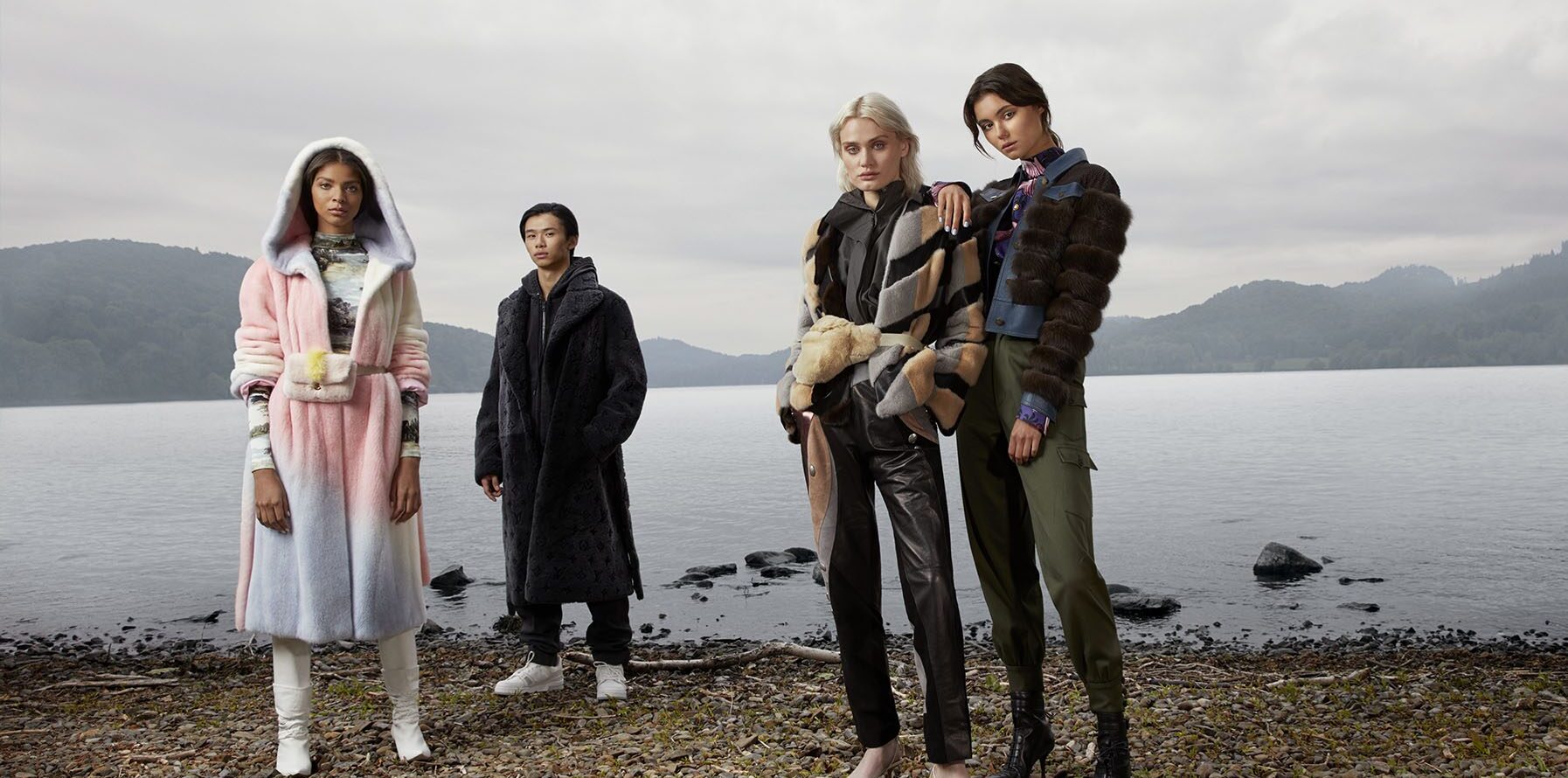With increased environmental concerns by consumers, fur is seen as a sustainable material choice. Fur is being repurposed and upcycled into modern contemporary looks, as well as for home décor. Millennials and Gen Z‘ers are increasingly compelled to speak out on sustainable alternatives when selecting their clothing. Fur is the responsible sustainable choice when weighed for its sustainable properties. Consumers have been repurposing their furs fur generations. It is purchased for this longevity. Fur is a natural and biodegradable material.
In today’s fashion world where old is the new new, designers have been putting vintage fur coats back on the runways worldwide. This is no longer just about grandmas’ old coats; outdated furs are being upcycled into completely new modern contemporary silhouettes better suited to a more casual lifestyle. Add a touch of luxe to your home with a cozy throw or blanket over your sofa coordinated with some fur pillows Upcycling is a good fit for the new circular economy, providing the antidote to fast fashion and fake fur by giving consumers a chance to buy legacy fur pieces.
Consumers increasingly aware of climate change, plastic pollution and the negative effects of today’s fashion industry are looking for new sustainable ideas for their wardrobes as well as for their home décor.
Upcycled fur that has been restyled for today’s look is about both affordability as well as responsible fashion. It gives young millennials a chance to buy a luxury item that might have been otherwise prohibitive to buy new. Fur is a natural and biodegradable material. They are rarely tossed into a landfill. They are viewed as heirlooms that can be completely upcycled. Real fur is slow fashion at its best – the antithesis of fast fashion.
With proper care, cleaning and storage a fur coat can last for decades before being reworked or repurposed. And the final product is in line with what environmentally aware shoppers want in a winter coat – natural material with less waste and greater environmental sustainability, while still having the ability to keep you warm in winter.

